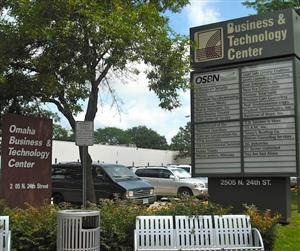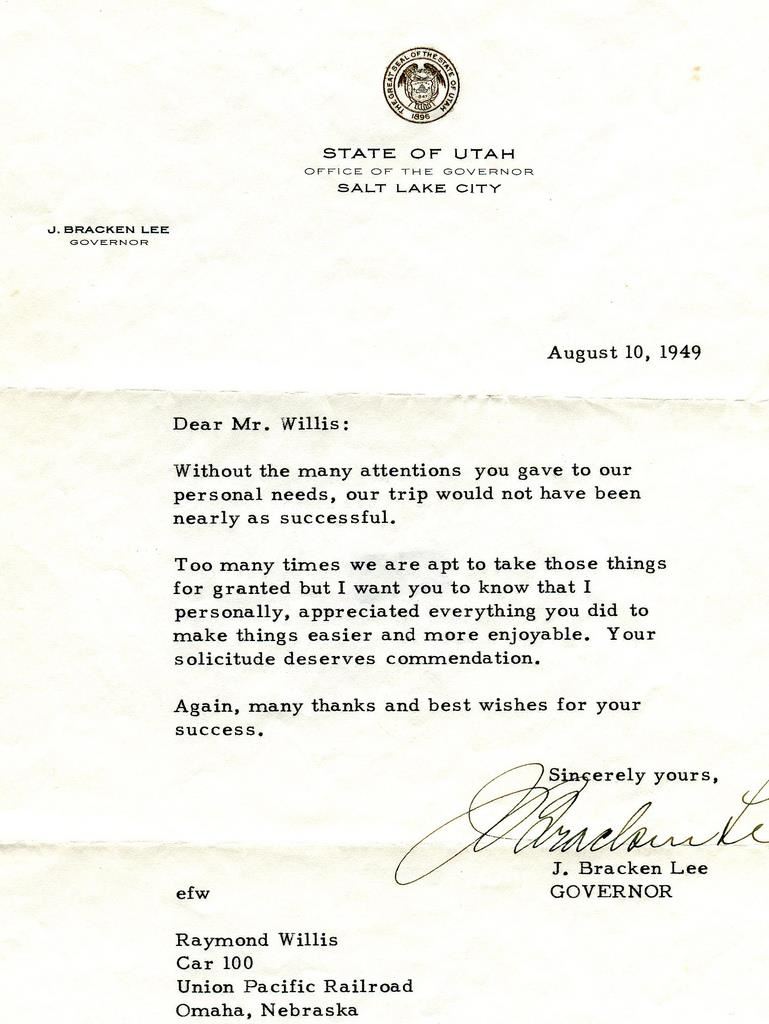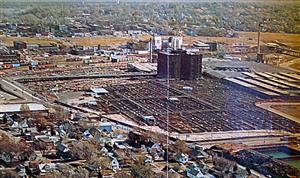Making Invisible Histories Visible
Page Navigation
- Making Invisible Histories Visible
- Lesson Plans and Resources
- iBooks on Omaha and Nebraska History for Primary Students
- Omaha Mapping Projects
-
African American Histories
- African American Artists
- African American Athletes & Facilities
- African American Churches
- African American Civil Rights Organizations - 1950s-1960s
- African American Civil Rights
- African American Contributions to Jazz, Gospel, Hip-Hop
- African American Dramatic Arts
- African American Education - Dorothy Eure & Lerlean Johnson
- African American Educators & Education
- African American Firefighters
- African American Homesteaders
- African American Law Enforcement
- African American Migration to Omaha
- African American Musicians of Omaha
- African American Newspapers
- African American Owned Businesses
- African American Politicians
- African American Social Life
- African American Workers at Omaha's Railroads & Stockyards
- African American Workers at the Naval Ammunition Depot in Hastings
- African Americans in the Civil War
- African Americans in Vietnam
- Charles B. Washington - Journalist and Civil Rights Leader
- Elizabeth Davis Pittman - Lawyer/Judge
- Green Book Omaha
- Marlin Briscoe - Professional Football Player
- Native Omaha Days
- Nebraska's Role in the Underground Railroad
- Sen. Edward Danner - Politician & Civil Rights Activist
- Sudanese Refugees
- Tuskegee Airmen
- European and Asian Immigrant Histories
-
Historic Neighborhoods & Buildings
- 24th and Binney/Wirt/Spencer Streets
- 24th and Lake Streets
- Central Park Neighborhood - 42nd and Grand Avenue
- Dahlman Neighborhood - 10th and Hickory Streets
- Hartman Addition Neighborhood - 16th and Williams Streets
- Indian Hills/Southside Terrace Neighborhood - 30th and Q Streets
- Jefferson Square Neighborhood - 16th and Chicago Streets
- Long Neighborhood - 24th and Clark Streets
- Orchard Hill Neighborhood - 40th and Hamilton Streets
- Smithfield Neighborhood - 24th and Ames Avenue
- St. Mary's Neighborhood - 30th and Q Streets
- Latino Histories
- Music Histories
-
Native American Histories
- Black Elk and John G. Niehardt
- Chief Standing Bear and Susette La Flesche Tibbles
- Dr. Susan LaFlesche Picotte - Native American Doctor
- Native American Education and Boarding Schools
- Native Americans in the Military
- Pre-statehood Interaction of Native Americans and Europeans
- Preserving Native American Tradition
- Restoring the Ponca Tribe
- The American Indian Movement in the 1960s and 1970s
- The Indian Congress at the 1898 Trans-Mississippi Exposition
- The Omaha Native American Indian Tribe
- OPS Elementary School History
- Redlining in Omaha
- Nebraska's Role in the Underground Railroad
- The 1898 Trans-Mississippi Exposition
African American Workers at Omaha's Railroads & Stockyards
-
How do the three different sections of this topic contribute to your understanding of the role of business and employment for African Americans in Omaha?
African American Work and Business
-
This page explores the history of African American work and business in Omaha. The topic has been broken into three main sections: the stockyards, the businesses of 24th Street, and employment with the Union Pacific Railroad. The stockyards (and the meat-packing plants associated with them) were a major factor in attracting African Americans to the city. Twenty-fourth Street was the center of North Omaha's African American community during the 1930s, 1940s, and 1950s, but deteriorated during the turbulent years of the civil rights movement. In recent years, there have been efforts to revitalize the district. The Union Pacific Railroad began employing African Americans as strikebreakers during the Great Railroad Strike of 1877, and later offered African Americans jobs as porters, cooks, and waiters. Although these jobs were service-based, they generally paid much better than jobs available in the South and were therefore well-respected within Omaha’s Black community.
A 6 minute interview in 2010 with Raymond Willis Jr. who was a Union Pacific porter in the late 1960s. Father worked in the U.P. business car as a chef for the U.P. executives and special guests.
Twenty-Fourth Street - 24th & Lake Business District
-

This picture represents the Omaha Business and Technology Center at 24th and Lake streets in 2010. In the past, 24th Street was the main area for African Americans to socialize and conduct business. The street once had many stores, clubs, and buildings, like the Showcase Lounge, the Jewell Ballroom, and The Omaha Star (a prominent African American newspaper). The Omaha Star is one of the few old businesses that remain. In 2010, it celebrated its 72nd Anniversary. In 2010, the Jewell Ballroom building is being used for various activities; the first floor is occupied by a post office. The Showcase is a social hall that many older African Americans continue to frequent. (Photo taken by Jimmie Foster).
Artifact: Thank You Letter to Mr. Raymond Willis, Railroad Cook
-

This artifact is a thank you letter from Utah Governor J. Bracken Lee to Raymond Willis, Sr., a local African American who worked as the personal chef for three Union Pacific Railroad presidents. Willis also cooked for prominent business leaders, political figures and leading celebrities when they rode the train. Jobs with the UP were highly regarded within the African American community. Many Black migrants came to Omaha with the hope of securing one of these good jobs. This letter of praise is significant because it contrasts with the often negative ways Black workers were portrayed at the time, and highlights the high caliber of work provided by African Americans despite stereotypes to the contrary. (Artifact image courtesy of Raymond Willis, Jr.).
Additional Information
-

Omaha possesses a rich history of African American work and business. During the period of the Great Migration, millions of African Americans were drawn from the South to the North, Midwest, and West in search of an escape from the discrimination of the Jim Crow South, fear of lynching, poverty, natural disasters, and agricultural decline. Large Northern industrial cities such as Omaha, Detroit, Chicago, Minneapolis, and Philadelphia attracted those searching for employment, education, and greater freedom. Many Black migrants initially viewed the urban North as a sort of “Promised Land,” yet soon found that job and housing discrimination, poverty, educational and social inequality, and violence were problems that were not limited to the South.
In Omaha, the railroads, stockyards, and meat-packing plants were the largest employers of African Americans. These jobs typically paid well enough that many African Americans were able to climb out of poverty and join the ranks of the working and middle classes. Omaha was also home to many businesses owned by African Americans. During the 1930s, '40s and '50s, North Omaha’s 24th Street was a vibrant business district.
Business and employment were often great sources of racial tension—particularly during periods of economic and social strife. Racist practices such as “redlining” and racially restrictive real estate covenants confined Omaha’s African American population to certain areas of the city. This shared tension and strife in many ways encouraged the development and maintained the strength of Omaha’s Black community. Those who were able to own businesses or obtain jobs on the railroads, in the stockyards, and in the meat-packing plants not only benefitted financially but socially as well. Well-paying positions and the increased social status that accompanied them provided other members of the community with positive role models to look up to.
Changes to the nature of African American work and business during the turbulent years of the civil rights movement elicited significant changes in Omaha’s Black community. An understanding of the history of these changes is vital to any understanding of the African American community in Omaha of today.
Student Reflections
-
"I enjoyed this camp very much. I learned boatloads about African American history and would do it all over again if given the chance. Some of the things I learned about at this camp include the history of the stockyards, Union Pacific Railroad These businesses were of huge importance to the Black community because they got money to provide for their family. I learned that 24th & Lake used to be full of business, it was also the place for shopping, entertainment, and work. I enjoyed this project just like many others, and I thank all the people who helped me."
- Juan M.
"I really enjoyed this project! It was fun and a great learning experience. I heard many stories and saw documents about racism, redlining, among other things. We also learned about the Black community in the early 1900s. I saw important things and I learned a lot, like how vibrant 24th Street used to be and that there was a strong Black Community in Omaha. The Great Migration was the biggest migration in the U.S. of African Americans. I heard a quote that I like, too, and it says 'If you don’t know your past, you won’t have a future.'"- Janysha M.
"These past seven days working with African-American history have been great! I learned a lot that I didn’t know about Blacks in Omaha. One thing I did learn was that 24th and Lake was a place where Blacks and whites got together to listen to music, dance, and work. Before the riots of the 1960s, there were also many black-owned businesses. We interviewed Mr. Willis who told us a lot about Union Pacific Railroad and what it was like to be a porter back in his day. I have grasped a lot from the guest speakers and professors. From the lecture on the Great Migration, I learned that Omaha wasn’t segregated by law, but through other ways, like redlining. I think this program was a great idea because I got to experience many different aspects of the African-American past and today."- Precious K.
Resources
-
Calloway, Bertha W. and Alonzo N. Smith. Vision of Freedom on the Great Plains: An Illustrated History of African Americans in Nebraska. Virginia Beach, VA: Donning Company, 1990.
G. P. N. Educational Media. (1994). A Street of Dreams [Motion Picture]. (Available from GPN Educational Media, P.O. Box 80669, Lincoln, NE).
Howard, Ashley M. “Then the Burning Began: Omaha, Riots, and the Growth of Black Radicalsim, 1966-1969.” M.A. thesis, University of Nebraska at Omaha, 2006.
Jones, Patrick. Lecture on the Great Migration and Jazz, Making Invisible Histories Visible project, presented in Omaha, Nebraska at the Metro Community College Fort Omaha Campus, Institute for Culinary Arts Building, July 19, 2010.
Smith, Alonzo N., Compiler, Black Nebraskans: Interviews from the Nebraska Black Oral History Project II. Nebraska: Nebraska Committee for the Humanities, 1982.
Smith, Rudy. Lecture on the Importance of Knowing North Omaha’s History, presented in Omaha, Nebraska at the Metro Community College Fort Omaha Campus, Institute for Culinary Arts Building, July 15, 2010.
Willis, Raymond, Jr. 2010. Interview by Juan M., Precious K., Janysha M., Michelle Tiedje, and Jimmie Foster, 20 July. Digital recording with video.
Research compiled by: Precious K., Juan M., Janysha M., Jimmie Foster, and Michelle Tiedje

